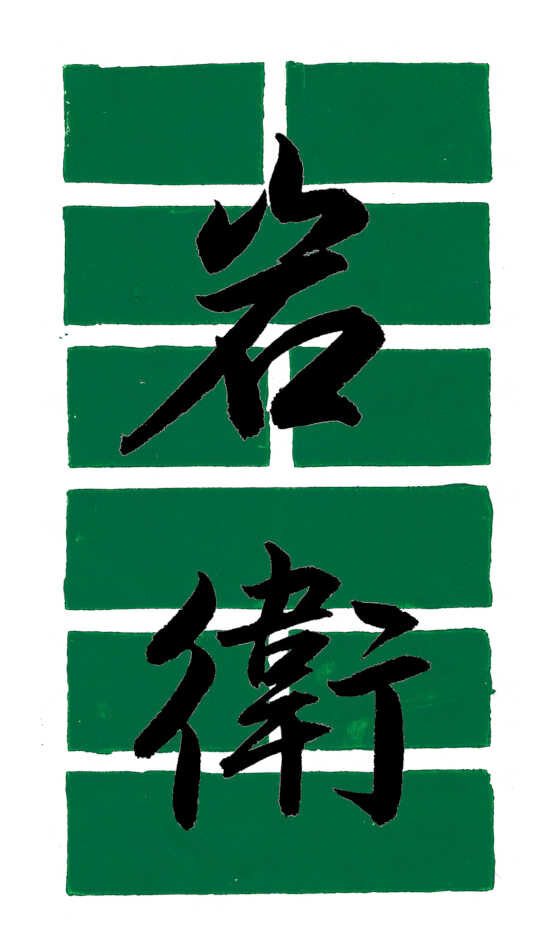Our in-person summer Taiji Quan classes returned for 2023. Classes met every Sunday at noon in our clinic parking lot from July 9th until August 27th.
Our hope is to be in a larger space by summer 2024 and have year round classes being taught in-person. In the event this changes this page will be updated to reflect any changes.
What: Taijiquan 24 Stance Yang Short Form.
Watch a video of the form. Download a handout.
Taijiquan, a primer
I began studying Taijiquan in 1995 and it has been a passion of mine ever since. Such a passion that I want to share it with as many people as I can. I feel it is important not just to know the practice but to know the history and background of Taiji as well. Below I've shared some of the knowledge I've collected over the years.
Taijiquan, also know as Tai Chi Chuan is an older martial art that today is practiced by many as a form of moving meditation. The martial applications are still there though and this is why it has been studied for it's overall health benefits.
Taiji translates to Perfect, or Grand. Quan translates to Fist, or Boxing. It was developed as a way to perfect martial combat. Taiji has many different rumored origins but the one that seems to carry the most water with the Masters I've worked with is this. Taiji was created in the close of the Ming dynasty by a military officer named Chen Wangting. He created it by combining his own personal experience as a martial artist with some other older forms. After the fall of the Ming he returned home to teach this new martial art to his family and thus the first form of Taiji was born, Chen style Taiji. A handful of generations later it was taught to an outsider by the name of Yang Luchan and he adapted his own style, Yang style Taiji. Yang style is what is practiced most commonly worldwide and the style that has been studied the most for its health benefits.
Taiji or Qigong?
Now the most common question I get asked is, "Why are you just talking about the martial components and not the energy cultivation? It's got Chi right there in the name!" Here's the short answer, blame a couple of Englishmen by the name of Thomas Wade and Herbert Giles. Wade and Giles created and refined a way of writing Chinese using the Romanized alphabet and creative spelling to denote tone. Because of the Wade-Giles system most English speakers pronounce most Chinese completely wrong, because nobody ever taught them how to read it. We now have a system called Pinyin that again, uses the Romanized alphabet but now uses accent marks for tone, which is why it is spelled Taijiquan not Tai Chi Chuan. So the Chi is not pronounced like the Chee in Cheese it is pronounced like the Ge in Genius; and Qi, the resource inside of our bodies than many refer to as Energy is indeed pronounced like the Chee in Cheese.
All of this is not to say that you cannot cultivate your Qi with some good old fashioned moving meditation; and yes, the Taijiquan forms can be great for that. Here's what I tell my students, when you can do the forms in autopilot in both directions, only then is when you should feel confident to practice them as moving meditation. Before that point, you are still learning the forms and as long as you're learning, concentrate on the learning. When I visited Chenjiagou, the birthplace of Chen style Taiji, I asked one of the masters there what they tell their students who ask the difference between Qigong, and Taiji. He looked at me a little confused and said, "We practice our Taiji over there," he pointed to long stone paths, "and our Qigong over there." he then pointed to a large court yard. I smiled knowing that that was his way of saying that one really has nothing to do with the other.
Some additional reading, an evolving list

